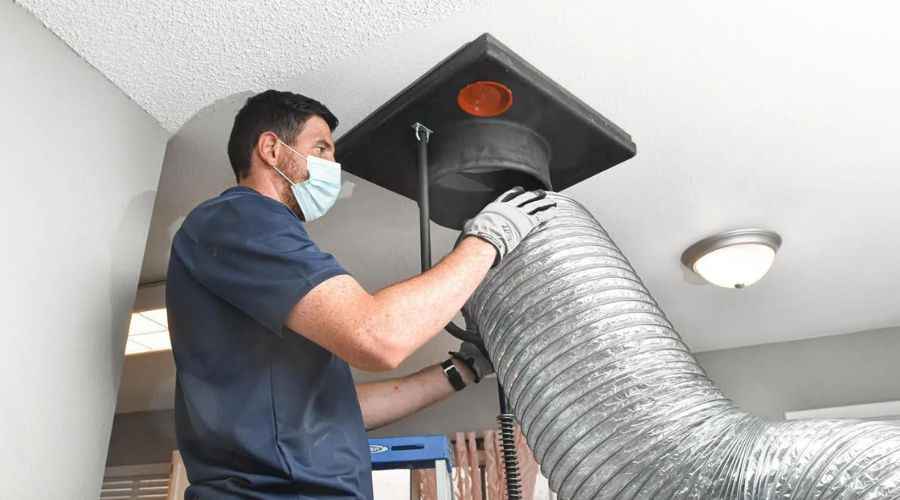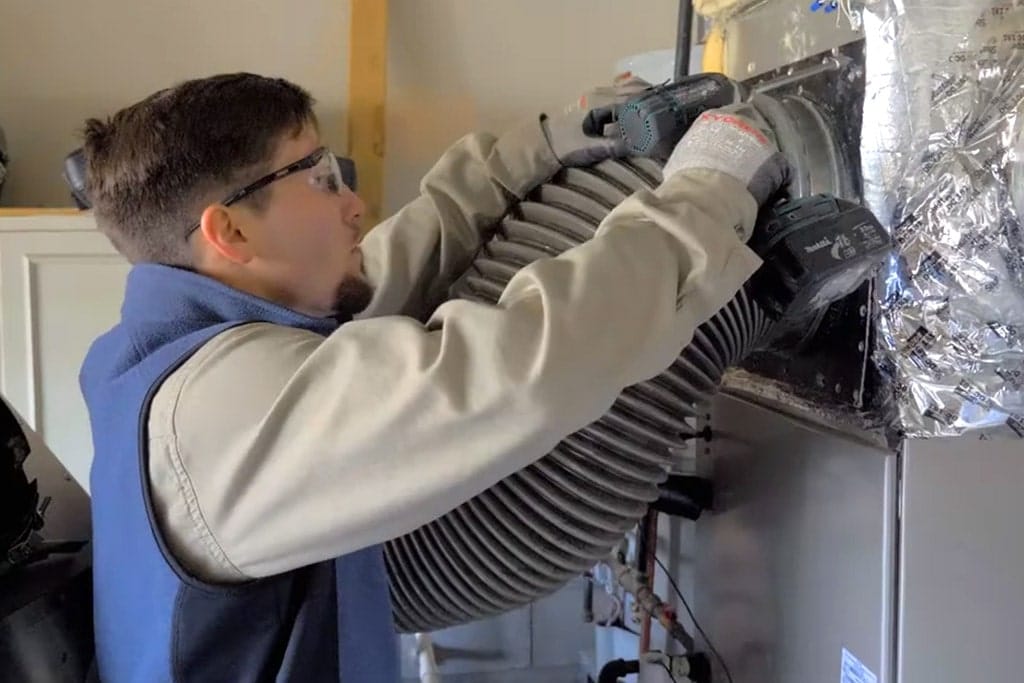In the rapidly evolving world of technology, maintaining optimal conditions for data centers is crucial. One often overlooked aspect is duct sanitizing for data centers. Ensuring clean and sanitized air ducts is vital for the efficiency and longevity of the equipment. In this comprehensive guide, we will delve into the importance of duct sanitizing, how it affects your data center, and the best practices to implement.

Why Duct Sanitizing is Essential in Data Centers
Data centers house sensitive equipment that requires precise environmental conditions. Dust and debris accumulation in air ducts can lead to poor air quality, increased energy costs, and equipment failure. Regular duct sanitizing helps in mitigating these risks by ensuring clean airflow, thus enhancing the overall efficiency of the data center.
The Impact of Poor Air Quality
Contaminated air can adversely affect the performance of servers and other equipment. Dust particles can clog cooling systems, leading to overheating and potential system failures. Moreover, poor air quality can also pose health risks to personnel working in the data centers.
Cost Implications
Ignoring duct sanitizing can lead to increased energy consumption as HVAC systems work harder to maintain the required conditions. This not only inflates operational costs but also shortens the lifespan of the equipment due to excessive wear and tear.
Best Practices for Duct Sanitizing in Data Centers
Implementing an effective duct sanitizing strategy involves regular inspections, cleaning, and maintenance. Here are some best practices to follow:
Regular Inspections
Schedule routine inspections to identify any signs of dust accumulation or contamination. This proactive approach helps in addressing potential issues before they escalate.
Professional Cleaning
Hiring professionals for duct cleaning ensures that the job is done thoroughly and efficiently. Experts use specialized equipment and techniques to remove dust and contaminants effectively.
Use of Sanitizing Agents
Incorporating sanitizing agents during the cleaning process helps in eliminating bacteria and mold, further improving air quality.
Choosing the Right Duct Sanitizing Company
Selecting a reliable and experienced duct sanitizing company is crucial for achieving optimal results. Consider factors such as reputation, service quality, and customer reviews when making your choice. For more tips on selecting a service provider, visit how to choose a duct sanitizing company.
Technological Advancements in Duct Sanitizing
Advancements in technology have introduced new techniques and equipment for duct sanitizing. From robotic cleaners to advanced filtration systems, these innovations have made the process more efficient and effective.
Robotic Cleaners
Robotic cleaners equipped with cameras and sensors can navigate through ductwork, providing a thorough clean while minimizing disruption to operations.
Advanced Filtration Systems
Modern filtration systems are designed to capture even the smallest particles, ensuring clean air circulation within the data center.
Environmental Considerations
While ensuring the cleanliness of ducts, it is important to consider the environmental impact of the cleaning process. Opt for eco-friendly cleaning agents and methods that minimize harm to the environment.
Conclusion
Duct sanitizing for data centers is an essential aspect of maintaining optimal air quality and ensuring the seamless operation of equipment. By implementing regular cleaning and maintenance practices, you can enhance the efficiency, longevity, and reliability of your data center.

FAQs
How often should ducts be sanitized in data centers?
It is recommended to sanitize ducts at least once a year, but the frequency may vary depending on the location and usage of the data center.
Can duct sanitizing improve energy efficiency?
Yes, clean ducts reduce the workload on HVAC systems, leading to improved energy efficiency and lower operational costs.
What are the signs that ducts need sanitizing?
Signs include increased dust levels, poor air quality, and a noticeable drop in the performance of HVAC systems.
This article contains affiliate links. We may earn a commission at no extra cost to you.